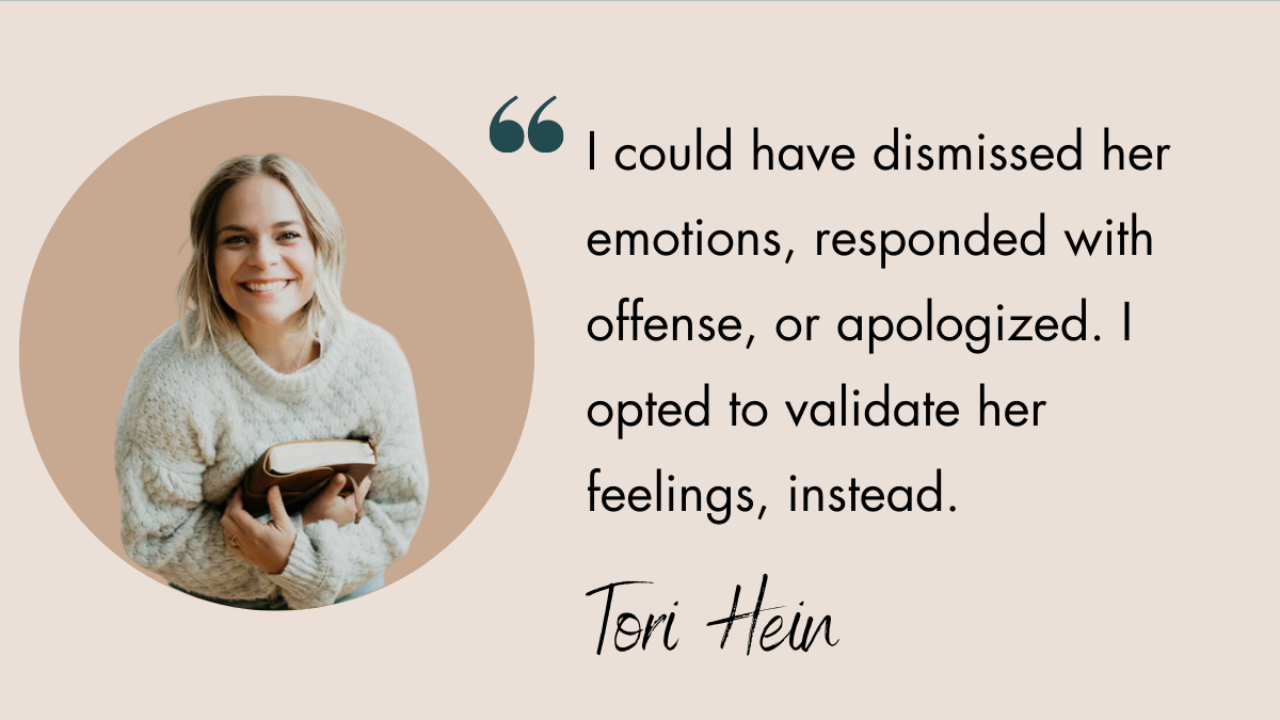
The Big Emotions of Kids
Reconciliation is something we will need to return back to, often, with the people that we love - particularly the kids in our homes. Here’s a simple tool I’ve been using in my home that has helped bring harmony to the ever-shifting reality of our emotional states as a family. Particularly, for my daughter and me:
For some time now, I've been asking my six-year-old daughter, Amara, to rate her emotions on the scale from one to ten throughout the day. Level 1 is when she feels terribly disappointed, and everything is going wrong. Level 10 is when she feels joyful and connected.
I ask her to give her emotions a number for three reasons.
-
I want her to be aware of the emotions that she's experiencing. Awareness itself brings an element of control and containment. You cannot have reconciliation without awareness that reconciliation is needed.
-
I want her to see that those emotions rarely ever last long, they change throughout the day, and reconciliation is possible moment by moment.
-
By attaching a number to the emotion, we measure the gap between the disconnection of the moment and the reconciliation we’re desiring. If either of us are below a level 5, it means there is some need for honesty about our emotions and needs.
Last week, my daughter had been waiting all day to play stuffed animals with me. This is her favorite pastime and something that brings her a lot of connection. I work from home and there are days when this isn’t possible for me, and she gets disappointed. Crying at the end of a busy day she said, “I’m a level 2. You never play with me.”
Hugging her and doing my best to empathize I said, “Thank you for telling me how you feel. I know it’s disappointing when I have busy days like this. I didn’t have the time to play with you today, but I love playing with you and it’s important to me. What do you think about playing for 30 minutes tomorrow morning? I have time from 8-8:30 to play stuffies before we begin homeschooling.”
I could have dismissed her emotions, responded with offense, or apologized for not meeting her expectations. I didn’t do any of those things. Instead, I validated her feelings and offered a solution. The result? Her body became calm and her tears quieted and she woke up the next morning at a “level 9” because she was excited to play.
Naming our emotions and giving them a number has become a good rhythm for us. It’s been helpful in naming joy and connection, but it's also been helpful in naming and scaling levels of sadness and disappointment too.
I hope this is a helpful tool for yourself and for others, too.
Tori Hein
Freedom Movement

